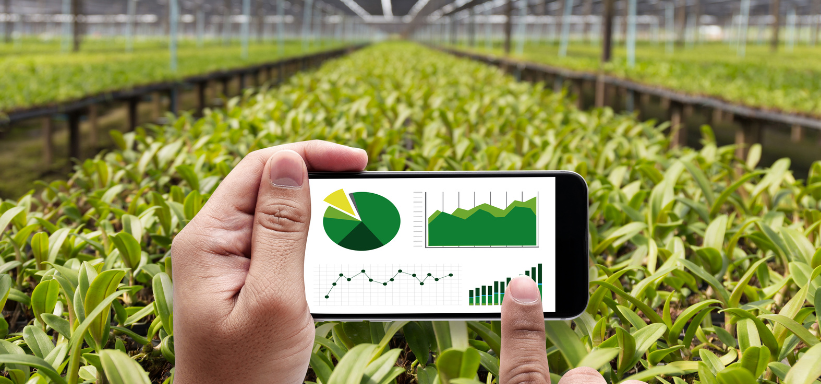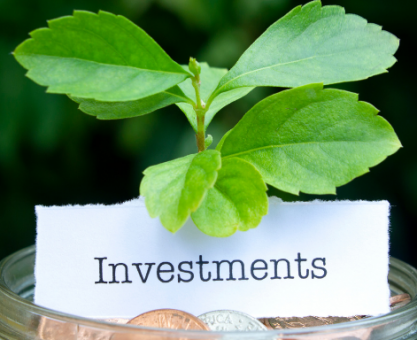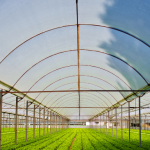Executive Summary
-
Discover the most promising sustainable agriculture funds poised for growth in 2025.
-
Learn about the benefits and risks associated with investing in sustainable agriculture.
-
Explore expert tips on selecting the right funds for your investment portfolio.
-
Understand the role of sustainable agriculture in the global economy and its potential impact.
Introduction
As the world grapples with climate change and the need for sustainable practices, the agriculture sector stands at a pivotal crossroads. Sustainable agriculture funds have emerged as a beacon for investors aiming to combine profitability with environmental stewardship. In this article, we delve into the top sustainable agriculture funds to watch in 2025, offering insights and strategies for investors looking to make informed decisions in this burgeoning sector.
Definitions / Context
Sustainable agriculture involves farming practices that meet current food needs without compromising future generations. It emphasizes ecological balance, conservation of resources, and reduced chemical use. Sustainable agriculture funds invest in companies or projects that align with these principles, aiming for both financial returns and positive environmental impact.
Benefits / Pros
-
Environmental Impact
Investments support regenerative farming practices, which enhance soil health and biodiversity. -
Market Growth
With increasing consumer demand for organic and sustainably-produced food, these funds are well-positioned for growth. -
Risk Mitigation
Diversifying into sustainable agriculture can protect portfolios from volatility in traditional markets. -
Ethical Investment
Aligns with Environmental, Social, and Governance (ESG) criteria, attracting socially-conscious investors.
Risks / Cons / Challenges
-
Market Volatility
Agricultural markets can be unpredictable due to weather and geopolitical factors. -
Regulatory Changes
Policy shifts can impact subsidies and incentives, affecting fund performance. -
High Initial Costs
Sustainable practices often require significant upfront investment, potentially delaying returns.
How to Invest in Sustainable Agriculture Funds
-
Research: Identify funds with a strong track record in sustainable agriculture.
-
Evaluate: Assess the fund’s alignment with your financial goals and risk tolerance.
-
Diversify: Ensure diversification within your portfolio to mitigate risks.
-
Monitor: Regularly review fund performance and market trends.
Case Study
Consider the success of the Green Harvest Fund, which invested heavily in vertical farming technologies. This approach minimized land use while maximizing yield, resulting in a 15% annual return for investors, demonstrating the potential of innovative sustainable practices.
– Green Harvest Fund
Expert Tips / Strategic Insights
-
Epiidosis recommends: Prioritize funds with transparent reporting and measurable impact metrics.
-
Trend Watch: Pay attention to emerging technologies like precision farming and agri-tech solutions.
-
Policy Awareness: Stay informed on agricultural policies that could affect market dynamics.
Tools / Resources / Calculators
-
Investment Calculators: Use ESG investment calculators to estimate potential returns.
-
Industry Reports: Access annual reports from leading sustainable agriculture funds for insights.
-
Checklists: Download our sustainable investment checklist to guide your decision-making process.
Conclusion
Investing in sustainable agriculture funds offers a unique opportunity to contribute to a greener future while achieving financial returns. With careful selection and strategic planning, investors can align their portfolios with sustainable principles and benefit from the growth potential in this vital sector.





















